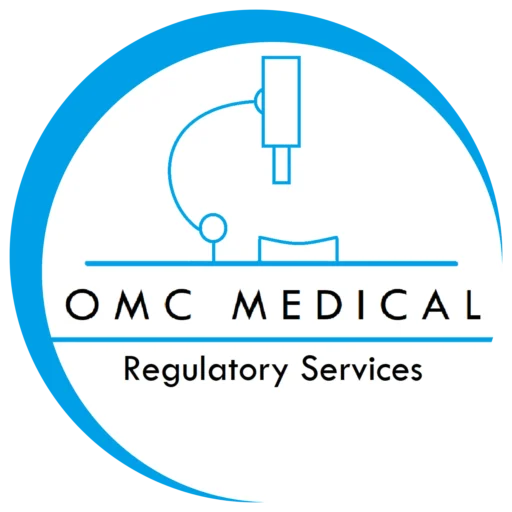Australia TGA medical device classification
Australia TGA medical device classification

The Therapeutic Goods Administration (TGA) in Australia regulates medical devices through a classification system based on the level of risk associated with their use. The classification system for medical devices in Australia is divided into four main classes: Class I, Class IIa, Class IIb, and Class III.
- Class I: These are low-risk devices that are generally simple in design and pose minimal risk to the patient or user. Examples include bandages, non-invasive thermometers, and simple surgical instruments.
- Class IIa: Devices in this class are of moderate risk and may have a more complex design compared to Class I devices. They might require specific controls to ensure their safety and effectiveness. Examples include contact lenses, hearing aids, and certain diagnostic devices.
- Class IIb: These devices pose a higher risk than Class IIa devices and often require a greater degree of regulatory control. They typically include active devices or those intended for prolonged use. Examples include infusion pumps, implantable devices, and certain types of diagnostic imaging equipment.
- Class III: These are the highest-risk devices, often involving invasive procedures or sustaining or supporting life. They require the most stringent regulatory controls to ensure their safety and efficacy. Examples include heart valves, implantable defibrillators, and certain types of prosthetic devices.
Quick Contact
If you have any questions or need help, feel free to contact with our team.
©2025 OMC Medical, All Rights Reserved. With Love by 7oroof.com

Our team will be happy to respond your queries. Contact us directly with your questions or for scheduling FREE consultation and we’ll be in touch as soon as possible.
Quick Contact
If you have any questions or need help, feel free to contact with our team.

Our team will be happy to respond your queries. Contact us directly with your questions or for scheduling FREE consultation and we’ll be in touch as soon as possible.
Quick contact
- info@omcmedical.co.uk
-
0044 7719761764
0044 2080667260 - Planet House, North Heath Lane, Horsham, West Sussex RH12 5QE

Our team will be happy to respond your queries. Contact us directly with your questions or for scheduling FREE consultation and we’ll be in touch as soon as possible.
Our Branches
- Switzerland
- Europe (Northern Ireland)
- Asia
- Canada
- Brazil
- Middle East
- China
- Turkey (Partner Office)

To launch a medical device in a country, medical devices must comply with the local country’s regulatory requirements. Let us be your trusted partner in bringing your medical devices to the Global market. Contact us today to learn more about how we can assist you in every step of the way.
Our Branches
- Europe
- Asia
- Africa
- Oceania
- South America
- North America
- Planet House, North Heath Lane, Horsham, West Sussex RH12 5QE
- Planet House, North Heath Lane, Horsham, West Sussex RH12 5QE
Copyright © 2025 OMC Medical. All Rights Reserved OMC Medical


